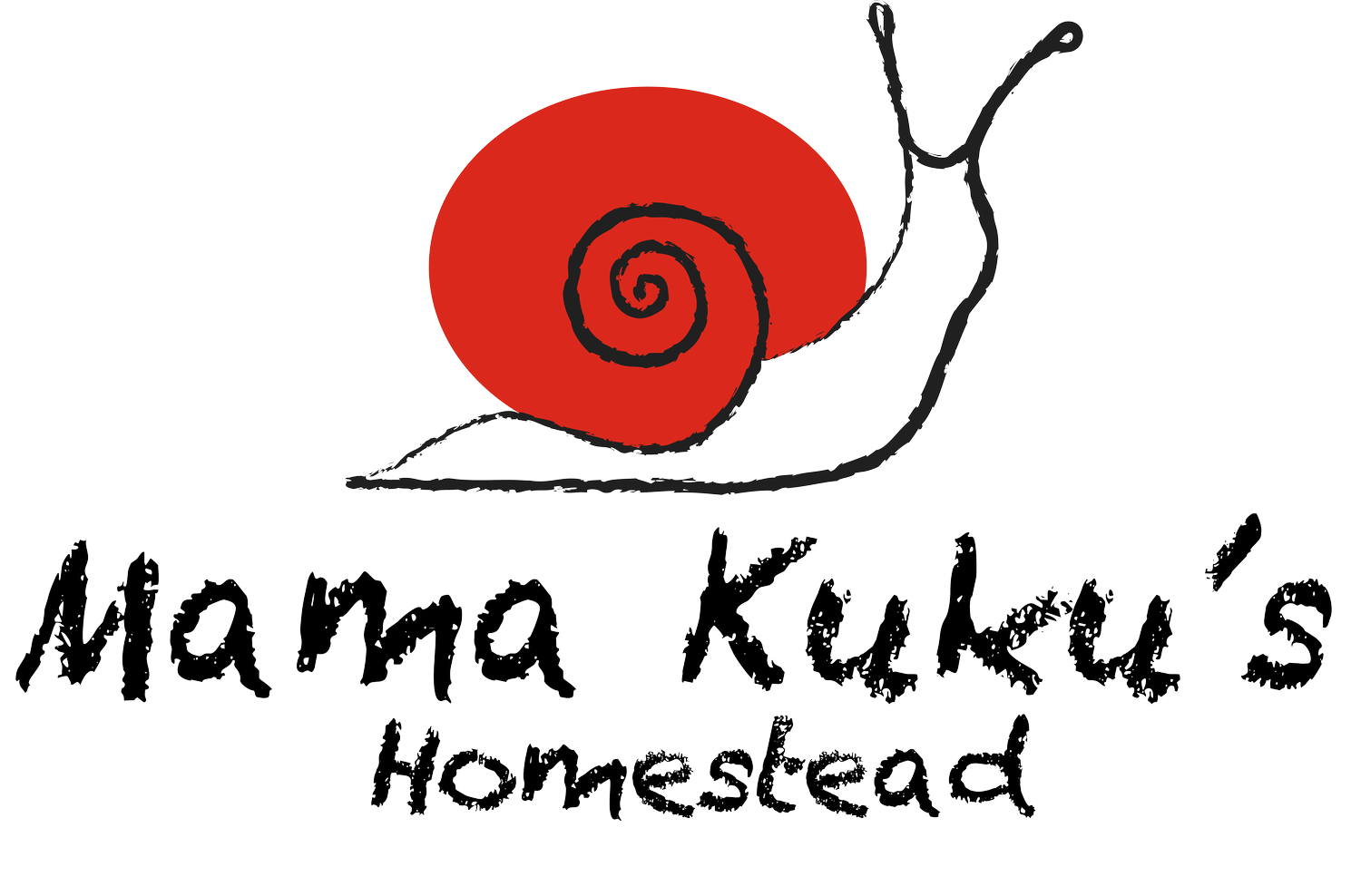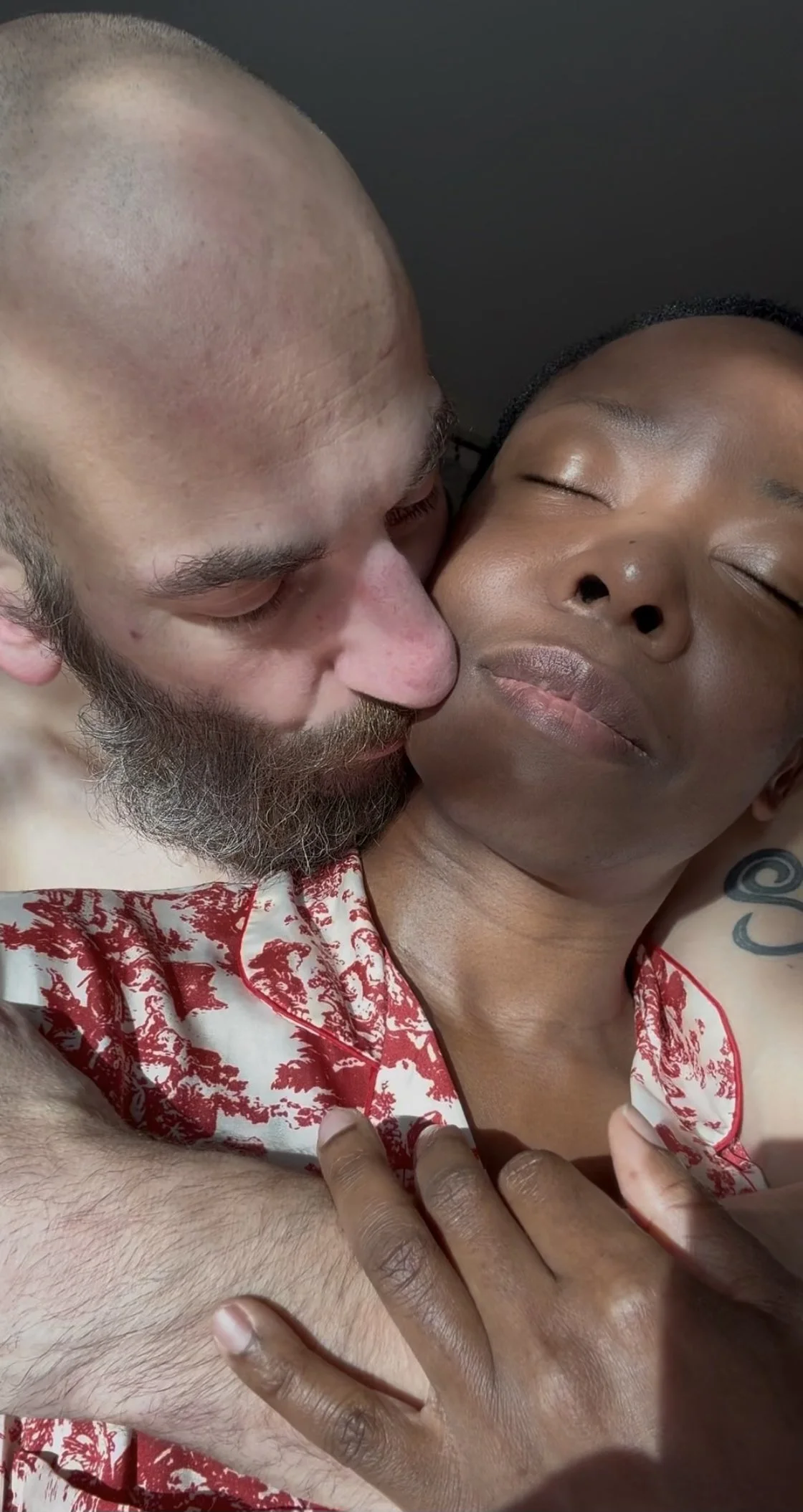Okay, now things are getting interesting
Brian and I traveled through the Smoky Mountains. #lichen
That was a mighty long break, wasn’t it?! And it was totally WORTH IT! I feel refreshed and can speak in coherent sentences again.
Remember that quizzical look I mentioned a while back? It’s now followed by, ‘Can we schedule a call?’ Short answer: Maybe.
When I first described EscarGrow™ as a “smart heliciculture system,” most people nodded slowly; like I’d just pitched a snail-themed episode of Black Mirror. But now? The conversation’s shifted. We’ve got real traction: pilot sites expressing interest, educators sending thoughtful feedback, incubator programs reaching out, and a venture capital firm asking to meet.
And maybe most surreal of all — two producers from network television (can’t say which) have approached us. One’s been following our story for over a year, reviewing about 2 years of archival footage and family moments. The other spent weeks interviewing us, asking real questions, connecting dots we hadn’t realized were visible from the outside. Both are exploring a feature on our journey.
We’re honored, truly. But we’ve decided to shelf it for now.
Because every meeting, every so-called “opportunity,” every “just one more call” comes with a cost. Especially for me — a highly sensitive person.
Here’s what people don’t see:
The recalibration before each conversation. The subtle shifting of tone, posture, cadence. The question I ask myself before every meeting: Which version of me is appropriate to bring into this room?
Because code-switching isn’t just tiring; it’s a slow siphon.
One moment I’m speaking in Startup, mapping KPIs and manufacturing bids. Next, I’m in educator mode, translating regenerative systems into curriculum language. Cultural translator in the morning, technical explainer by lunch, peace and love by bedtime. Some days, even what I wear changes the questions I get or don’t get.
And when it happens back-to-back, over days, weeks, months? It becomes extractive. Not metaphorically. Literally. My nervous system feels it. My breath shortens. Sweat pours profusely from my hands. My muscles stay tense long after the Zoom call ends. So we now gatekeep our bandwidth like it’s sacred because it is.
Whenever a prospective collaborator asks, “Why snails? Why now?” I don’t hesitate.
It’s personal.
Before Brian, I was a single mom juggling a tech career with dinner, baths, homework, and whatever inch of self-care I could manage. And before that? I was living the kind of food insecurity where stretching SNAP benefits felt like a second full-time job. EscarGrow™ isn’t some detached concept it’s a direct response to every chapter I’ve lived. Through it all, one question kept surfacing: How do we heal the planet without disconnecting from modern life?
Turns out, I’m not alone.
Since launching the EscarGrow™ survey, we’ve had strong sign-ups from educators who recognize the same needs: composting that actually works for classrooms. Food systems that reflect the people using them. Readily available STEM tools. We’re now expanding outreach to food industry professionals to further refine the pilot. Because yes, the design is good; but I’m committed to making it great. More usable. More intuitive. More… U.S..
We’ve also started gathering quotes from Texas-based manufacturers. Will we build it close to home? Maybe. But no matter where it’s made, the system will reflect the people it’s built for. Convenience matters within supply chains. And so does trust.
That’s why I’m especially excited to share that my brilliant friend Omar Gallaga — writer, journalist, and all-around systems thinker — has officially joined HHH as an advisor (We’ll tell you more about him on the HHH website).
And while all this is happening on the outside, there’s been work happening on the inside too.
I’ve been nursing a torn rotator cuff for most of the year, and am almost through with physical therapy. Surgery was on the table. But thanks to DPT Zach Kuntz (and maybe some divine timing), I’ve rebuilt enough strength to move without bracing for pain.
I can hold Adho Mukha Shvanasana (downward dog) again; something that felt impossibly far away!
For months, I’ve avoided floor postures like you won’t believe. Not knowing if a sharp jolt would shoot down my neck through my arm. Not knowing how I’d even get back up. That kind of pain rewires your trust in your own body and leaches into surprising areas of your life. It even makes Natarajasana (lord of the dance) feel like a dare.
Coming back from that taught me something simple but profound: a functional body changes your mind. When movement returns, so does rest. So does breath.
I’m out of the woods. And if all goes well, I’ll be able to squeeze in some painting time over the holidays. For me; rhythm, color, and motion is sustenance.
What’s more, I can now work on my final Kundalini Yoga teaching assignment with Yoga Farm Ithaca. If you’ve been following, you know that practice is also part of my nervous system reboot. It keeps me grounded while we build something this complex.
So yeah. Things are getting interesting.
We’re not just getting attention, we’re refining purpose and process. With every conversation, every head tilt, every “wait, what now?”; we sharpen the message. We build the system. We let the work evolve. And we do it out loud.
Laters…



